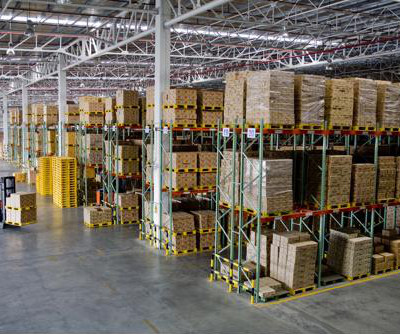How the Terra Acquisition Fits Into the Future Supply Chain
E2open
MAY 24, 2016
Campbell Soup was the first company to adopt demand sensing in 2003. Data from E2open’s Forecasting Benchmark Study – encompassing more than $250 billion in sales from 14 multinational manufacturers – shows that demand sensing cuts weekly forecast at the item-location level by 37% compared to traditional demand planning systems.
















Let's personalize your content